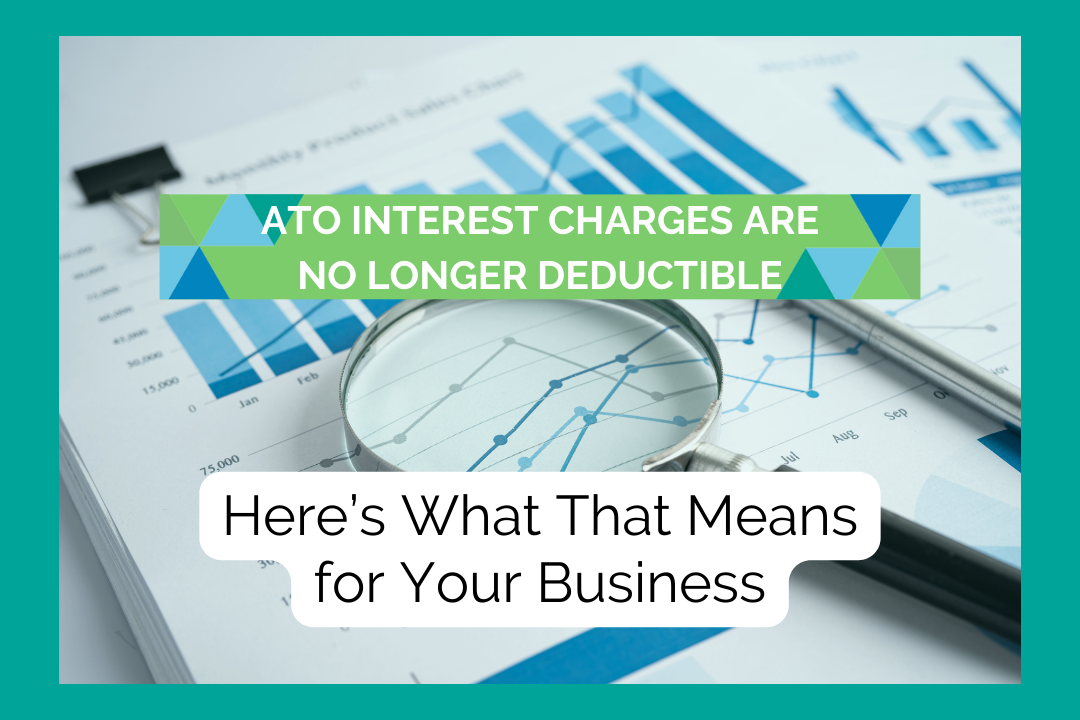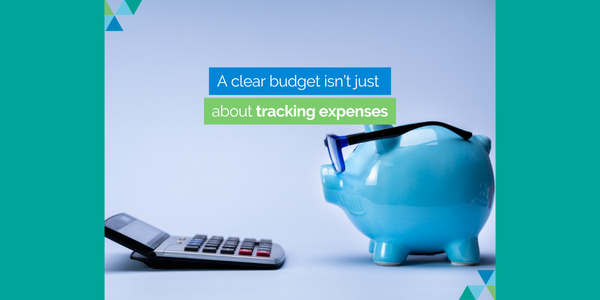Which Tax Structure is Best For Your Business?

As an Australian business owner, one of the most critical aspects of managing your business is understanding the various tax structures that apply to your business. If you understand the different structures that apply to your business, you can ensure that you comply with all relevant laws and regulations. You will also be in a position to make informed decisions about the most cost-effective way to structure your business and how to shield your assets from liability.
Below we take a closer look at the different structures for Australian businesses, including sole traders, partnerships, companies, and trusts.
Sole Trader Tax Structure
If you're running your business as a sole trader, you'll be taxed as an individual and required to complete an individual tax return. As a sole trader, you'll be responsible for paying income tax on all your business profits. You'll also pay the Medicare levy and other relevant taxes.
One of the advantages of running your business as a sole trader is that you'll have complete control over your business, and you won't be required to share your profits with anyone else. However, one of the main disadvantages of this structure is that you'll be personally liable for any debts that your business incurs.
Partnership Tax Structure
If you're running your business in partnership with one or more individuals, you'll be taxed as a partnership. A partnership is not a separate legal entity, which means that the profits and losses of the partnership are divided amongst the partners according to the partnership agreement.
As a partner in a partnership, you'll be required to pay tax on your share of the partnership profits. You'll also be required to complete a partnership tax return and provide each partner with a copy of their share of the partnership's profits.
While running your business as a partnership allows you to share the workload and expenses of the business with your partners, a potential disadvantage in this structure is that you'll be personally liable for any debts that your partnership incurs.
Company Tax Structure
If you're running your business as a company, your company will be taxed as a separate legal entity. This means that your company will be required to complete its own tax return and pay tax on its profits.
As a shareholder in the company, you'll be taxed on any dividends you receive from the company. However, you won't be taxed on any profits that the company retains.
A significant advantage of running your business as a company is that you'll have limited liability, which means that your personal assets will be protected in the event that your company incurs any debts. The downside of this structure is that it can be more complicated and expensive to set up and run.
Trust Tax Structure
A trust is a legal arrangement where a trustee holds property or assets for the benefit of the beneficiaries. If you're running your business as a trust, your business will be taxed as a separate legal entity.
As a beneficiary of the trust, you'll be taxed on any income you receive from the trust. The trustee will be required to complete a trust tax return and pay tax on any income the trust earns.
An advantage of running your business as a trust is that it can provide flexibility in how you distribute your profits to your beneficiaries. However, like the company structure, a trust can be more complicated to set up and run.
----------------------
Each structure listed above has its advantages and disadvantages, and it's essential to understand the tax and asset protection implications of each structure before deciding which one is right for your business. If you're unsure which structure is best, our team would be happy to provide you with further advice.
If you’d also like to benefit from our advice for growth, please contact one of our team at admin@wrightsca.com.au.
Important notice: This article provides information rather than financial advice. The content of this article, including any information contained in it, has been prepared without taking into account your objectives, financial situation or needs. You should consider the appropriateness of the information, taking these matters into account, before you act on any information.










